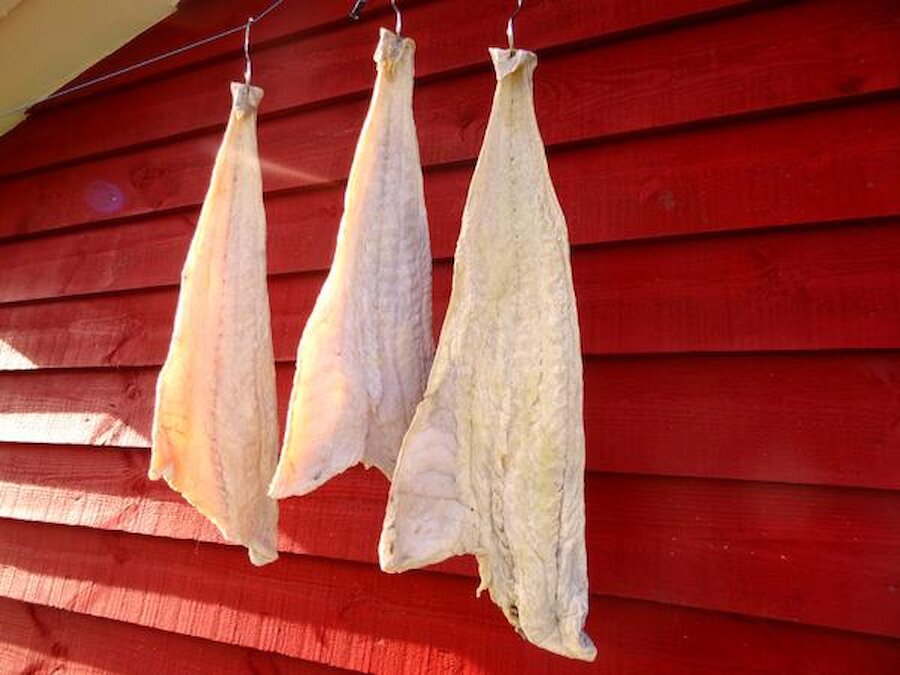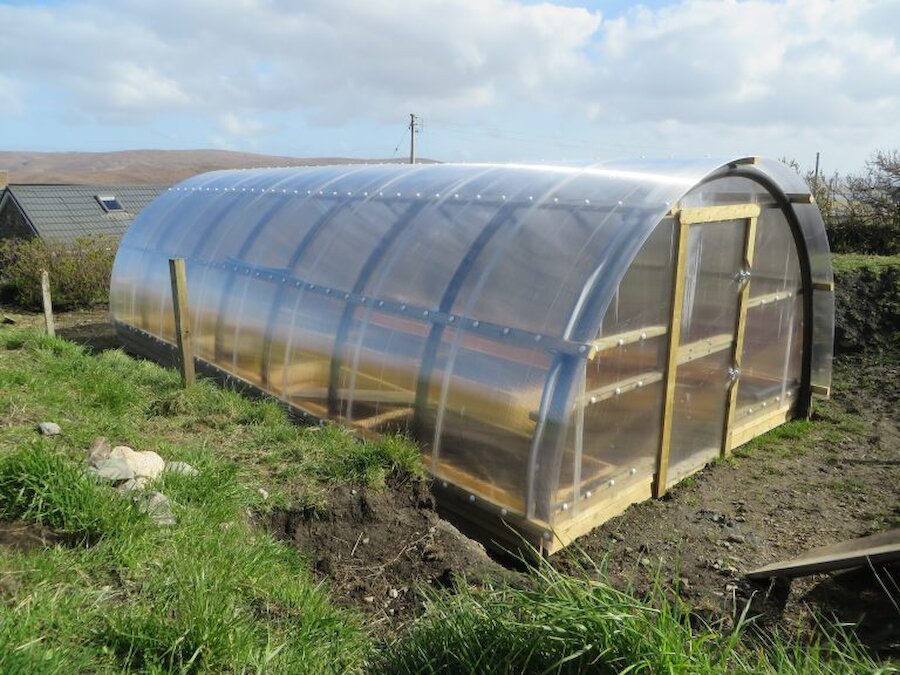It’s easy to become absorbed in the massive power projects happening, or expected to happen on and around Shetland, from oil and gas related, multi-billion pound affairs like Laggan-Tormore to decommissioning, tidal and windfarm developments.
Even erecting a domestic wind generator can cost tens of thousands of pounds.
As I write, we await (23 August at Mareel in Lerwick) a consultation on the possibility of an ‘interconnector’ undersea cable which would allow renewable electricity generated in Shetland to be sent to he UK mainland.
This is intimately bound up with the massive windfarm proposed by Viking Energy, which is seeking government funding under the so-called ‘Contracts for Difference’ scheme. It’s still not clear whether or not land-based island windfarm developments will be allowed to bid for this cash. A decision will probably be taken by the end of the year.
Then there’s the hydrocarbon-related activity around our shores - exploration continues, despite the low oil price, and Lerwick remains a busy harbour. At the beginning of August the Clair Ridge construction phase finished, moving this massive BP development another step closer to first production.



